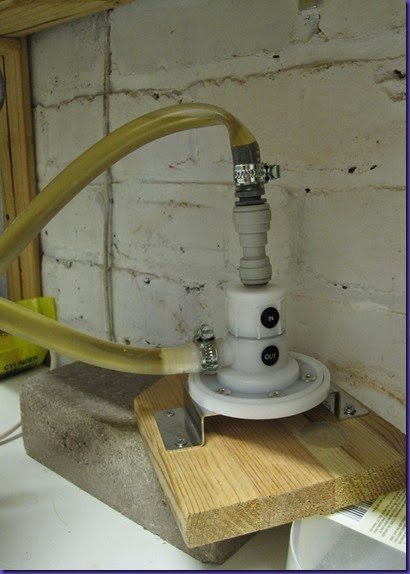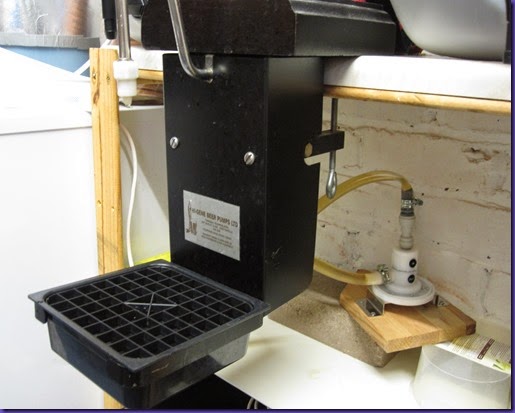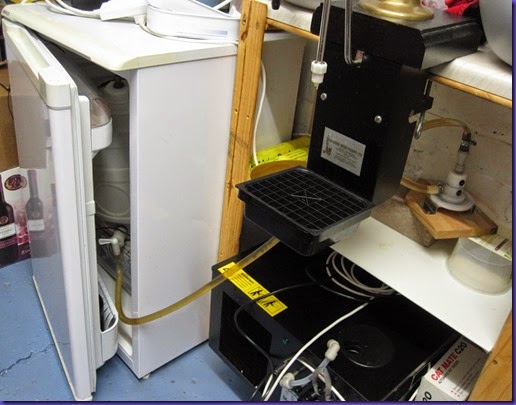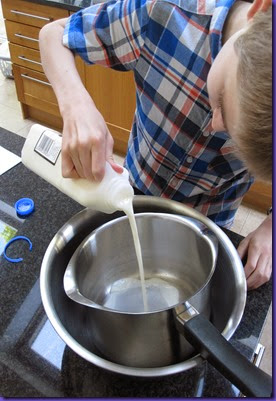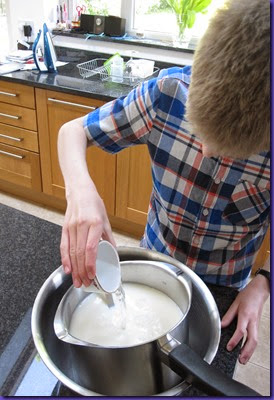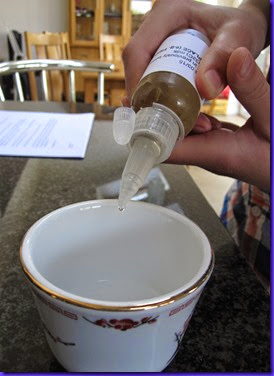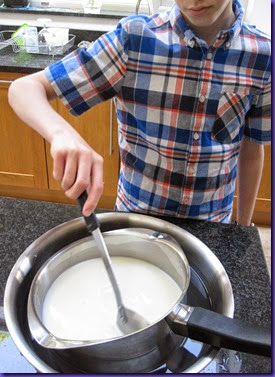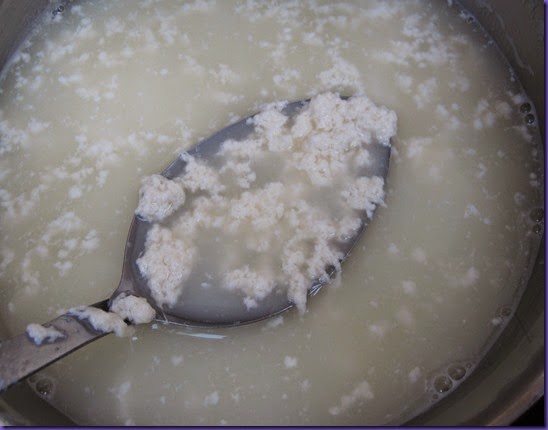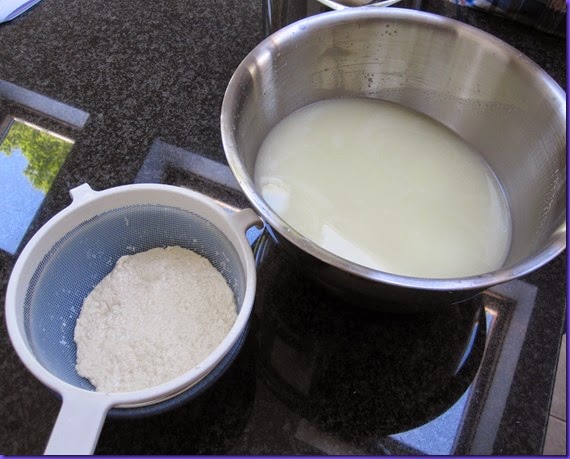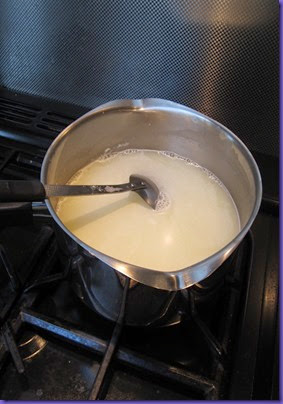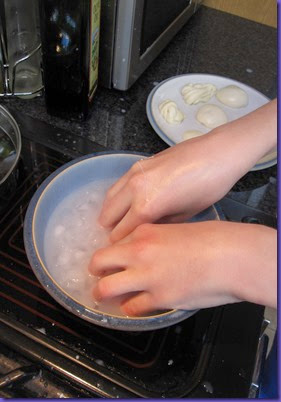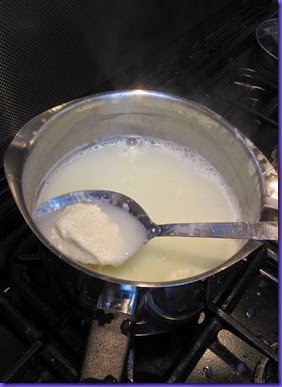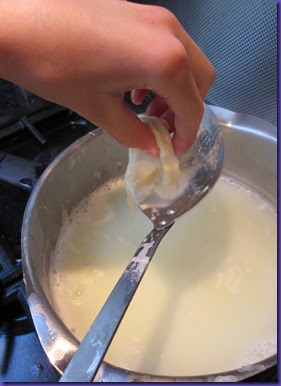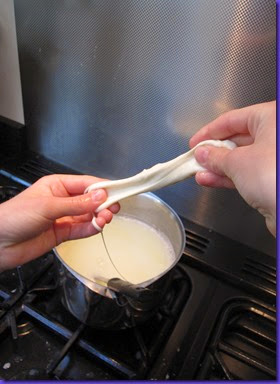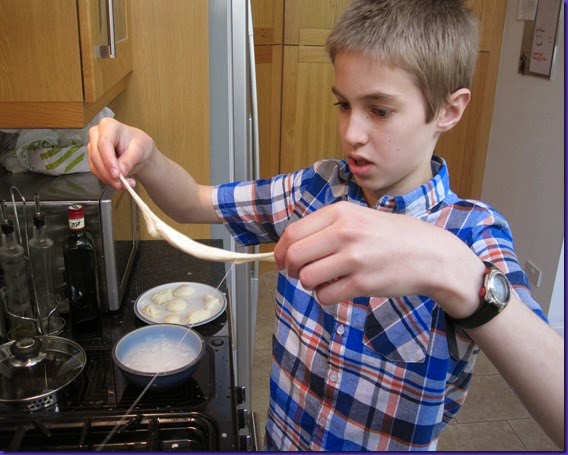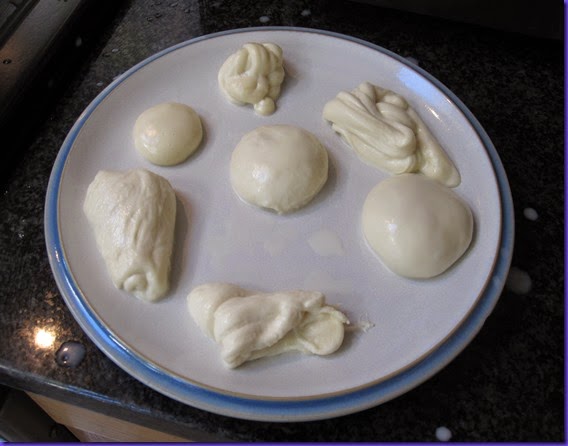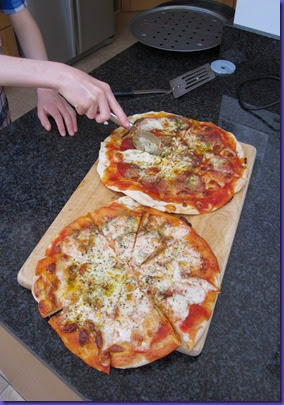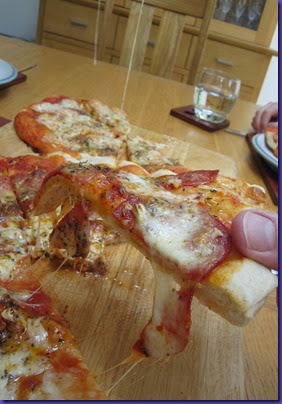One of the best things I have ever bought is my beer engine. It allows me to serve home-made beer in my garage, but create a creamy rich head on the beer in a way that is usually only possible in pubs. My friend Andy sometimes comes round with a 2 litre pop bottle filled with his home-made beer, and we draw it through the beer engine and magically it turns into beer like you’d get from a pub.
The most popular post I have ever made on this blog was when I took my beer engine apart to clean it, and photographed the process.
However, all is not entirely well in the Cheshire Peaks beer serving arena, and it all comes down to how the beer is stored in our kegs. In a British pub, hand pulled ale comes from a cask. The publican will open the cask by knocking a peg through the hole in the top of the cask. This allows air to be drawn into the cask to replace the beer as it is served. The oxygen in the air eventually stales the beer, so a cask will generally need to be used in 3-4 days. Obviously at Cheshire Peaks we don’t drink quite that volume of beer. (“No???” I hear you ask…). So we need the beer to be replaced with carbon dioxide not air as the beer is drawn from the keg. I do this by injecting CO2 from time to time to keep a slight positive pressure over the beer.
The problem with a positive pressure is that it will force the beer from the keg when the tap is opened. If it’s quite a high positive pressure then we get the “self serving pint” – when you open the tap on the keg the beer forces itself through the beer engine without any pumping required. It’s not ideal and makes serving a pint a two man job: one to open the tap on the keg and the other to draw the pint.
There had to be a solution to this.
And there was. It turned out to be a “demand valve” (also called a “check valve”). This rather pricey gadget goes in the line between the keg and beer engine, and prevents the beer from forcing its way through the engine. Beer will only be allowed through the valve if there is a negative pressure (ie pumping) on the engine side.
So I got one, and it does work a treat. Now we can open the tap on the keg at the start of the evening and friends can pop down to the “cellar” (ok, garage) and draw their own pint whenever they wish.
There was one slight complication in the whole affair however. That was in the size of the connections on the valve. One side (the engine side) is 1/2 inch (which is the size of the keg tap and also the back of the beer engine). But the keg side of the valve is a 3/8 inch “push fit” connection. I have to thank my friend David for sorting this problem for me. In his brewery he had a box of dozens of different types of pipe connectors and converters and he soon found what I needed (the grey bit on top of the valve in the photo below). That saved me ordering things blind on eBay and hoping for the best!
